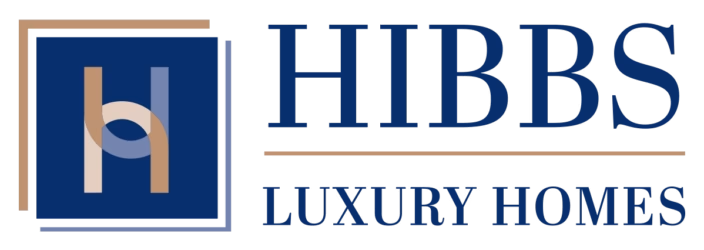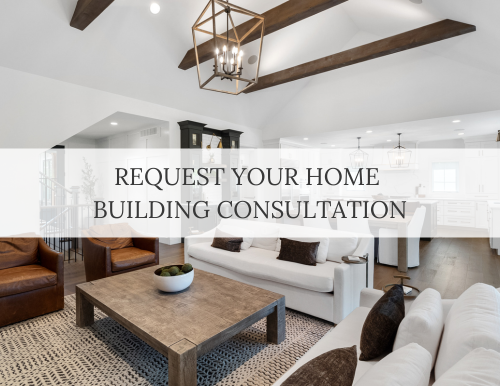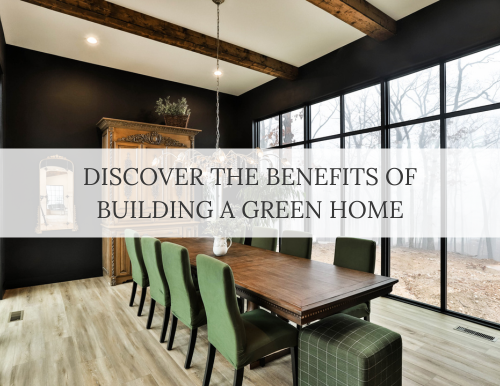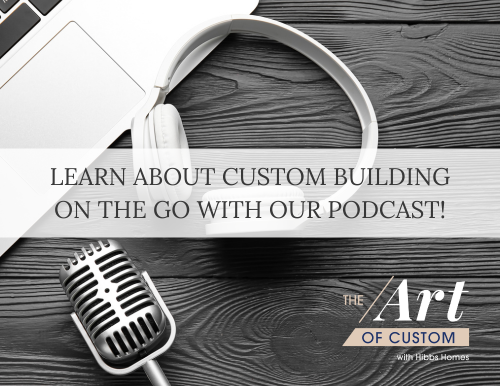Avoid a Budget Breakdown: Inside Project Estimating
Your budget set the stage, get it right before you build...
Budgeting for a custom home can feel like one of the most confusing and stressful parts of the building journey.
In this episode of The Art of Custom, we’re joined by Hibbs Homes estimators Alexa Wagasky from our Park City office and Kathleen Arvin from our St Louis team to demystify the numbers and help you plan with confidence.
We tackle the biggest budgeting myth- cost per square foot - and explain why it doesn’t work for custom homes. You’ll learn the difference between hard costs, soft costs, and allowances, how to avoid costly change orders, and why transparency with your builder is essential. Whether you’re building in the mountains or the Midwest, this episode will give you practical tools to align your design, priorities, and budget.
Subscribe and follow along this season as we guide you through every step of the pre-construction process!
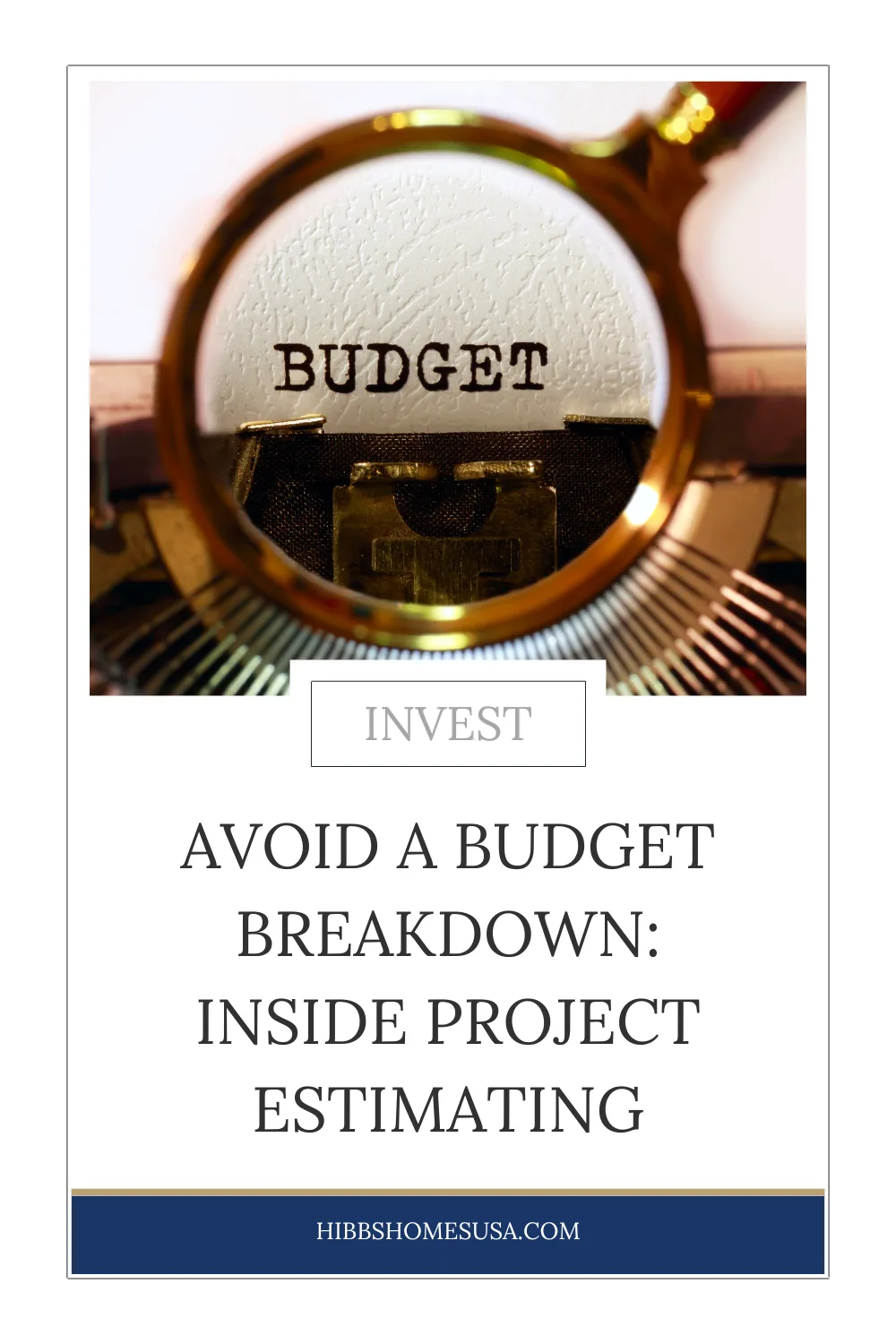
SEASON EIGHT, EPISODE THREE | TRANSCRIPT
You have your Pinterest boards, your magazine clippings, and your dream binder. Maybe that wine cellar feels like a must-have. But then the builder tells you the numbers and it’s double your budget! How do you go from sticker shock to building smart and getting the most out of your investment?
It all starts with understanding how custom home budgeting really works.
Today’s Guests: Our Estimators Extraordinaire
In this episode, we’re joined by Hibbs Homes estimators Alexa Wagasky (Utah) and Kathleen Arvin (St. Louis). Together, they demystify the budgeting process, bust common myths, and explain how to align your vision with a realistic budget.
Why Cost per Square Foot is Misleading
The most common first question clients ask is: “What’s your cost per square foot?”
Lex and Kathleen explain why this doesn’t work in custom home building:
- Every home is unique so design, finishes, and priorities vary.
- Architectural style, materials, and site conditions drastically impact cost.
- Land development and excavation costs must be included—they come out of the same budget.
Instead of relying on a one-size-fits-all number, your builder should design around your specific budget.
Breaking Down the Budget
- Hard Costs (Sticks & Bricks)
These are the structural and construction costs—foundation, framing, roofing, drywall, etc. Complexity and design details heavily influence this portion of the budget. - Allowances (Selections)
Selections cover the finishes you choose: cabinetry, flooring, plumbing, lighting, and more. This is where homeowners have the most control. Overspending in allowances can quickly inflate the budget, so transparency and guidance from the design team are key. - Soft Costs
Often overlooked, these include:- Architectural and design fees
- Engineering and permitting
- Utility connections and fees
- Site-specific costs like retaining walls or snowmelt systems
A realistic budget accounts for all three categories.
Tips to Minimize Budget Surprises
- Pre-budget Meetings: Identify priorities and potential pitfalls early.
- Detailed Plan Reviews: Mark up architectural drawings to catch details before bidding.
- Vendor Communication: Provide clear specifications so bids are accurate.
- Stay Involved: Share expectations and finish levels honestly to set accurate allowances.
Transparency Matters
At Hibbs Homes, we use a fixed-cost contract plus allowances model, guaranteeing sticks and bricks, while giving clients flexibility in finish selections. This contrasts with cost-plus contracts, where the client absorbs price fluctuations.
Transparency between builder and client is critical:
- Be upfront about your true budget.
- Understand industry standards to ensure your home appraises properly.
- Work with your builder to balance splurges and savings across categories.
Change Orders: How to Avoid Them
Change orders happen when clients alter plans mid-construction. To minimize them:
- Be as thorough as possible in pre-construction.
- Review plumbing, electrical, and finishes in detail.
- Use tools like Walk Your Plans to “test drive” your layout before building.
Having a small contingency for unforeseen issues (like excavation surprises) is wise, but hiding 10–15% of your budget from your builder often backfires, leading to compromises in size, design, or finish quality.
Final Tips for Successful Budgeting
- Set a realistic budget. Don’t assume “simple” designs are cheaper, modern minimalist homes can actually cost more.
- Be transparent. Share your true budget with your builder and design team.
- Balance priorities. If you overspend in one area, adjust in another.
- Stay engaged. Open communication and milestone budget reviews prevent scope creep.
Custom home budgeting is about much more than cost per square foot. It’s about alignment—between your goals, your budget, and your build team. With transparency, planning, and the right guidance, you can build a home that reflects your vision without financial surprises.
Next episode, we’ll dive into value engineering and how to make your design work smarter, not harder, to maximize every dollar you spend.
For more information visit www.artofcustompodcast.com or find us on Facebook and LinkedIn as The Art of Custom. Be sure to subscribe to get the latest episodes and please rate and review. The Art of Custom is produced by HugMonster sound with original music by Adam Frick-Verdeen. Thanks for listening.
